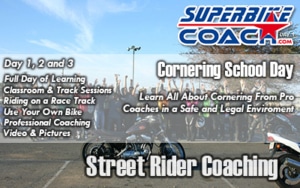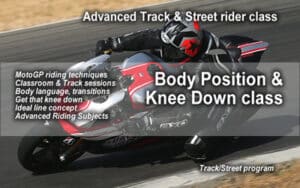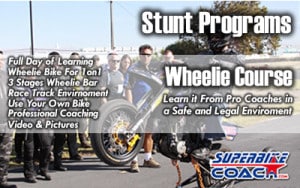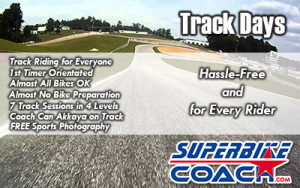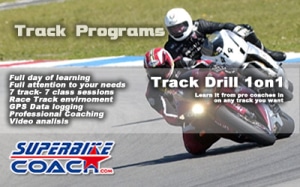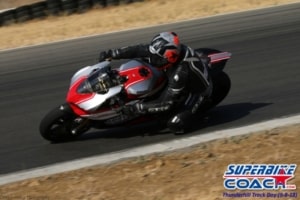Superbike-Coach stands as a premier motorcycle riding school in northern California, offering advanced motorcycle education for Touring, Sport, and Cruiser of all levels and categories. Our commitment to excellence sets us apart, providing MotoGP riding techniques with a revolutionary approach to motorcycle rider education.
Efficient Rider Training on Race Tracks
At Superbike-Coach, we pride ourselves on our unique methodology. Unlike traditional parking lot training, most of our courses take place on small race tracks, ensuring a more efficient and effective learning experience. We cater to riders from all corners of the globe, welcoming enthusiasts of touring, sport, and cruiser motorcycles.
Affordable, Accessible, Reliable, and Fun
Our classes are not only affordable and accessible but also designed to be enjoyable. We believe in making better riders through well-crafted programs that redefine the standards of motorcycle rider education.
- Cornering School Days 1-3 – Advanced MotoGP riding techniques for all rider levels and categories for their safety
- NEW Track Day – Beginner orientated fun day at Thunderhill Raceway
- NEW Track Rookie Class at Thunderhill Raceway – For all riders who want to start doing track days
- Body Position & Knee Down Class – For all Sportbike street riders and track riders who want to learn MotoGP techniques
- NEW Track Academy at Thunderhill Raceway – For track riders of mid levels and up who want to drop lap times
- NEW Supermoto Class & Race – Learn all about riding Supermoto’s and have heats and a race at the end of the day
- Road Skill 1-on-1 coaching – Personalized training for all street riders of all ages, levels, and categories
- Wheelie Course – For all street riders, track riders, and racers of all ages who want to learn to wheelie
- Track Drill 1-on-4 coaching – Small group coaching for all sport and track riders and racers of all ages and levels
- Supermotard 1-on-1 – Personalized coaching for street and track riders, and racers of all ages
- Basic Rider 1on1 – For absolute beginners to learn from the scratch and to prepare for the M1 drivers license test
- Suspension Workshop & Track Time – Learn how to setup motorcycle suspension and being on our track
- NEW Group Events – Individual classes for all motorcycle clubs, group members, companies, dealerships, corporate

